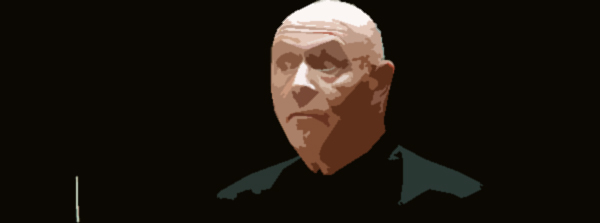 United States Wagner, Bruckner: Nathalie Stutzmann (contralto), Christoph Eschenbach (conductor), National Symphony Orchestra, Kennedy Center, Washington, 11.10.2012 (RRR)
United States Wagner, Bruckner: Nathalie Stutzmann (contralto), Christoph Eschenbach (conductor), National Symphony Orchestra, Kennedy Center, Washington, 11.10.2012 (RRR)
Wagner/Henze: Wesendonck Lieder, orch. Henze
Bruckner: Symphony No.7

I caught on to the glories of Christoph Eschenbach’s Bruckner some time ago when I came across the Koch CD live-recording of his 1996 performance of the Bruckner Second Symphony, with the Houston Symphony. He somehow conjured the players of that orchestra into sounding like the Berlin Philharmonic. Since his arrival in Washington DC, he has been performing similar magic with the National Symphony Orchestra.
Last February, I was completely taken by his performance of the Bruckner Ninth Symphony with the NSO (review here). At that time I wrote that Eschenbach “never surrendered the long line in the music to the abundant beauty.” On Thursday night, October 11, he did the opposite with the Bruckner Seventh. He surrendered to the beauty, and let the long line slacken in an extended performance of some 75 minutes.
This was clearly an interpretive choice. The deliberative pace of the performance allowed Eschenbach to give a highly detailed and terrifically transparent version of the work. It was as if Eschenbach were saying: “I am going to show you how really beautiful this is.” In doing so, he may have sacrificed some electricity and impetus, but he did reveal the sheer beauty of the work in a mesmerizing way.
A second-class orchestra could not have pulled this off, nor could a conductor who didn’t totally trust Bruckner. As it was, the NSO’s strings delivered great warmth, and the brass section played magnificently both in the titanic outbursts required at the climaxes and in the delicate pianissimo passages of the second movement. There were moments where one could have wished for more abandon, but the measured pulse did not enervate the climaxes and the finale was particularly powerful.
  A.Bruckner, Symphony No.2, C.Eschenbach / Houston Symphony Koch     |
This is certainly not the only way to do this Symphony—I generally favor a more heaven-storming approach, such as Eschenbach took in the Ninth—but it was very interesting to hear what he was able to bring out from within this perspective. With the superb playing of the NSO, he certainly made his point. This, then, was a connoisseur’s interpretation. It may not be the best way to hear this Symphony for the first time but, for anyone who already knows the work, it should be a special experience.
The first part of the Thursday evening program was much less notable. The performance of the Wesendonck Lieder by Richard Wagner, as orchestrated by Hans Werner Henze, featured contralto Nathalie Stutzmann, last appearing here in a spring performance of Dvořák’s Stabat Mater (review here). She has a rich, caramel voice, but had trouble projecting, which lessens the effect of these songs. The fault here did not seem to be Eschenbach’s. He kept the NSO playing softly enough so as not to overwhelm her. In fact, there was some playing of exquisite delicacy that helped expose Henze’s particularly attractive orchestration of Im Treibhaus. Stutzmann’s voice grew in strength, but not enough for me to comment on her diction from row W where it all arrived as a bit of a blur.
Robert R. Reilly